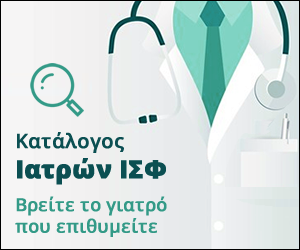|
Overview
This educational activity will focus on the important role and value of Myocardial Perfusion Imaging (MPI) with SPECT or PET for the assessment of coronary artery disease (CAD) and risk stratification in challenging populations consisting of diabetic patients, women, obese patients, patients with arrhythmias, and the elderly.
In addition, abnormal myocardial blood flow (MBF) assessment identifies microvascular disease with independent risk of coronary events.
There is extensive literature which supports the use of MPI in these specific populations. The above cohorts have their own unique challenges from a diagnostic, as well as prognostic perspective.
The course will demonstrate the best test for the above populations with suspicion of CAD.
Target Audience
This educational activity will target physicians (nuclear medicine physicians, cardiologists, medical physicists, technologists and nurses).
Learner Objectives
After participating in this activity, learners should be able to achieve the following:
• Discuss the Multimodality Appropriate Use Criteria for the Detection and Risk Assessment of Chronic Coronary Disease.
• Describe the most appropriate protocols for the above populations.
• Understand the importance of MBF in specific populations, such as diabetics and women.
Diabetic patients with normal exercise SPECT carry a low risk of cardiac events, while those with abnormal MBF are at the highest risk of events.
Overall, MPI in women provides similar diagnostic and prognostic data in male patients, while MBF data provide further risk stratification especially in nonobstructive disease states.
Review the pathophysiology and diagnostic strategy for woman with coronary microvascular disease.
Patients with arrhythmias are at high risk for cardiac events, and myocardial perfusion imaging provides important risk stratification.
Most of the elderly population cannot exercise adequately, and the exercise testing alone does not have high sensitivity, while SPECT and PET MPI provide incremental prognostic value.
Finally in obese patients, the use of attenuation correction, different patient positioning, and modification of dosing/protocols is recommended, which will then provide similar clinical information to that obtained in nonobese patients.
Overall Goal
The overall goal of this activity is to highlight the value of Nuclear Cardiology in challenging patients.
The unique advantage of Nuclear Imaging is that any patient can be imaged.
|







